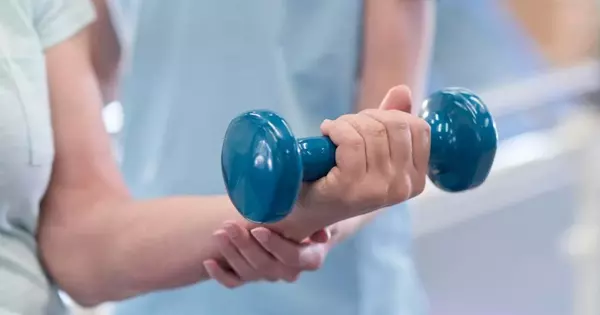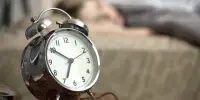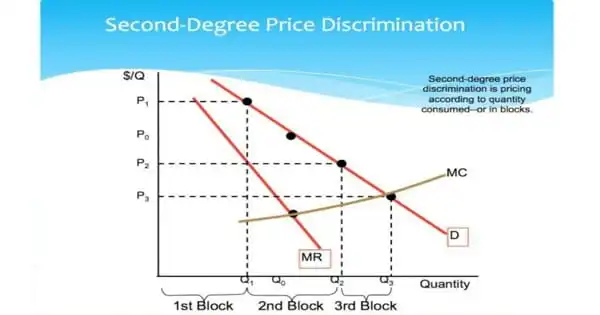Physical activity is absolutely necessary for post-stroke recovery. Stroke is a medical condition that occurs when the blood supply to the brain is cut off, causing brain cells to die. A stroke can cause a variety of physical impairments, including muscle weakness, coordination issues, and balance issues.
Physical activity after a stroke can be critical to a successful recovery. A University of Gothenburg study found that people who exercise four hours per week after having a stroke recover more functionally in six months than those who do not.
The research, which has just been published in the scientific journal JAMA Network Open, is based on data from 1,500 stroke patients in 35 Swedish hospitals. The participants were divided into groups based on their poststroke patterns of physical activity.
According to the findings, increasing or maintaining physical activity, with four hours of exercise per week, doubled the patients’ chances of recovering well six months after a stroke. Men and people with normal cognition maintained an active lifestyle more frequently, resulting in better recovery.
Physical activity reprograms both the brain and the body favorably after a stroke. Exercise improves the body’s recovery at the cellular level, boosts muscle strength and well-being, and reduces the risk of falls, depression, and cardiovascular disease. Regardless of how severe the stroke has been, those affected can derive benefits from exercising more.
Dongni Buvarp
Positive programming from exercise
Previously, the researchers were able to show a clear inverse relationship between physical activity and the severity of stroke symptoms at the time of the condition’s onset. These new findings emphasize the significance of maintaining a healthy, active lifestyle following a stroke.
Dongni Buvarp, the study’s first and corresponding author, is a clinical neuroscience researcher at Sahlgrenska Academy, University of Gothenburg. In addition to her research internship, she is a resident doctor at Sahlgrenska University Hospital in the early stages of specialist training.
“Physical activity reprograms both the brain and the body favorably after a stroke. Exercise improves the body’s recovery at the cellular level, boosts muscle strength and well-being, and reduces the risk of falls, depression, and cardiovascular disease. Regardless of how severe the stroke has been, those affected can derive benefits from exercising more,” she says.

Knowledge and support vital
“Physical activity is extremely important, especially after a stroke.” That is a message that all health professionals, stroke survivors, and their loved ones should be aware of. Women and people with impaired cognition appear to be less active following a stroke. “The study results indicate that these groups require more encouragement to engage in physical activity,” Buvarp says.
The researchers were unable to study the participants’ level of activity prior to the stroke, which is one of the study’s limitations. The patients in the study were treated in Sweden between 2014 and 2019.
When beginning physical activity following a stroke, it is critical to consult with healthcare professionals or physical therapists who can provide appropriate guidance and develop an individualized exercise program. Specific exercises will be recommended based on the severity of the stroke, the individual’s overall health, and any existing physical limitations.
Overall, regular physical activity is an important component of poststroke rehabilitation and can help stroke survivors recover by improving physical function, cardiovascular health, mental well-being, and overall quality of life.
















